Scooter for kids: everything you need to know!
As soon as summer arrives, we start seeing scooters absolutely everywhere! These lightweight constructions are driven by children of all ages: from very little ones to high school students. Therefore, it is quite predictable that your child will sooner or later start asking to have their own scooter. And if you do not know how to choose a children’s scooter and are generally unsure whether it is worth buying it at all, bear in mind that this means of transportation is said to be one of the safest ones for a child. The most important aspect here is to know how to choose the right one for your son or daughter.
The benefits and the issues
Riding a scooter, like any other form of moderate physical activity, has a beneficial effect on the health and development of children:
- the person riding a scooter has almost all of their muscle groups engaged and the amount of energy consumed is three times larger compared to riding a bicycle;
- when riding a scooter, the child switches their focus of attention regularly, shifting their gaze from the closest to more distant points, and this serves as good training for their vision and their concentration;
- it is highly effective in developing coordination. For example, for children over two years of age, who fall over frequently, cannot stop when needed whilst they’re moving, and are not able to stand on one leg – paediatricians suggest doing exercises aimed at developing coordination, and these exercises can be replaced or complemented with riding a scooter.
The only potential harm that a scooter may bring is the risk of falling over on it. However, the same risk exists when rollerblading or cycling, as well as with almost any other form of physical activity. And if we take into account the features of their construction – falling from a scooter that is very close to the ground at a low speed will certainly be less traumatic than, for example, the same accident on a fast-riding bicycle.
The different types of scooters: how to choose the one
The age factors
The models of scooters vary in terms of the number of wheels and their purpose. When choosing a scooter for your son or daughter, first of all, take their age into account:
- the 4-wheeler will suit the child that has recently learned how to walk (the age of 1.5-3 years old). The construction is as stable as it can be, however, they are not designed to sustain large weights;

-
the 3-wheeler is the most popular type of scooter for children of 3-5 years old, however, there some models that can carry up to 110lbs, exist as well.
- Models with 2 front wheels sustain the balance very well and are aimed at children who are not yet very at ease with the scooters;
- The option with the two wheels on the back spread wide apart, allows for more maneuver and will suit the child that already has some experience of riding the scooter;
- Another option is a 3-wheel scooter with two rear wheels that are placed close to each other. It is safer than other options due to the fact that the construction makes it impossible to get caught in the wheels, however, it is harder to drive. They are a nice fit for a child with good coordination.

- the 2-wheeler is aimed at children no younger than 5 years old. It is less stable than the 3- and 4-wheelers. In addition to that, they are normally made from metal, therefore, their weight is normally slightly higher. It is better to purchase a 2-wheel scooter for your

The usage factor
children when the child’s coordination is already developed, when they have enough strength to hold a relatively heavy piece of equipment and when they already have some experience with riding a scooter with 3 wheels.
In terms of the usage, there is normally a distinction drawn between the 2- and the 3-wheel scooters that are aimed at teenagers and grown-ups:
- city — designed especially for riding the city streets; they balance out well on uneven surfaces, and are easy to manipulate;
- off-road — made to be able to move around on more complex surfaces, including rougher terrains. The diameter of the front wheel is comparable to the one on the bicycle; the frame of such scooters is durable, and most models are equipped with front and rear brakes;
- for sports— designed only for good roads: the wheels don’t have additional balancing mechanisms, however, they are strong and are suitable for performing tricks;
- triders – a stable construction that allows to go at a moderate speed and is equipped with a wide deck that allows placing both feet on it;
- electric scooters — they may go as fast as 15mph, their battery allows them to be operating non-stop for over 60 minutes.

Not every child has a natural flair for sports. And not every single one of them is able to achieve great results in this domain. Nevertheless, taking into account the sedentary lifestyle of modern children, it can be said that some physical exercise is a must today. Even if the child is not very good at sports – the scooter will become a very good solution for them – riding it does not put too much of a physical load on the child and allows them to maintain a good shape. And if you keep your child company while riding a scooter, you may perhaps have a new family hobby!
Mark from Beberoad

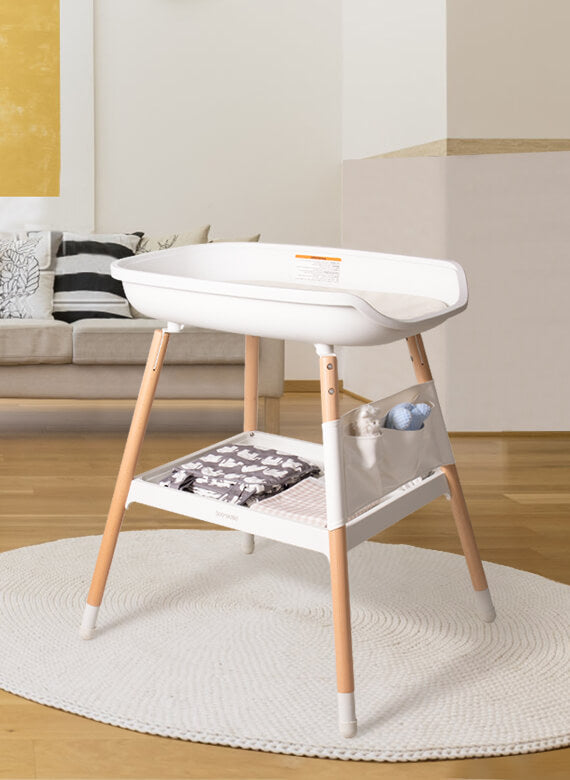
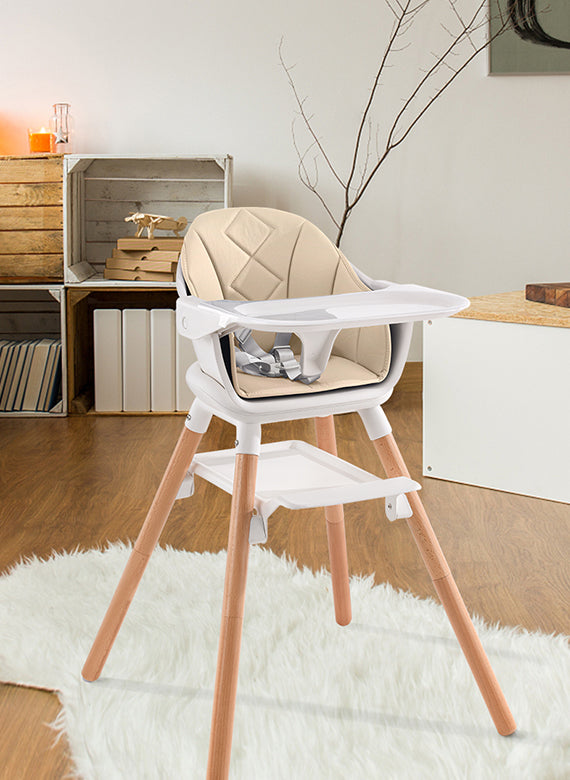

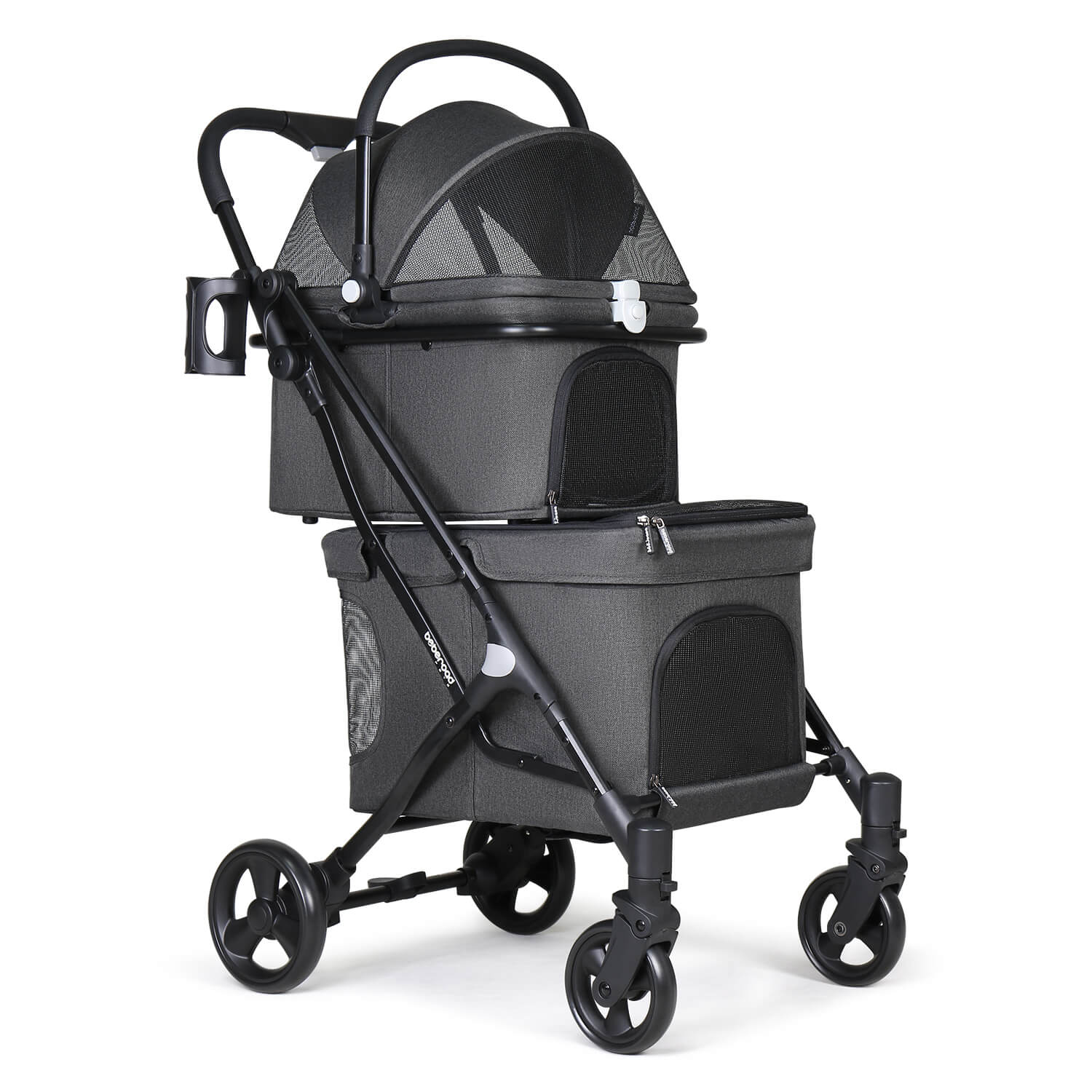
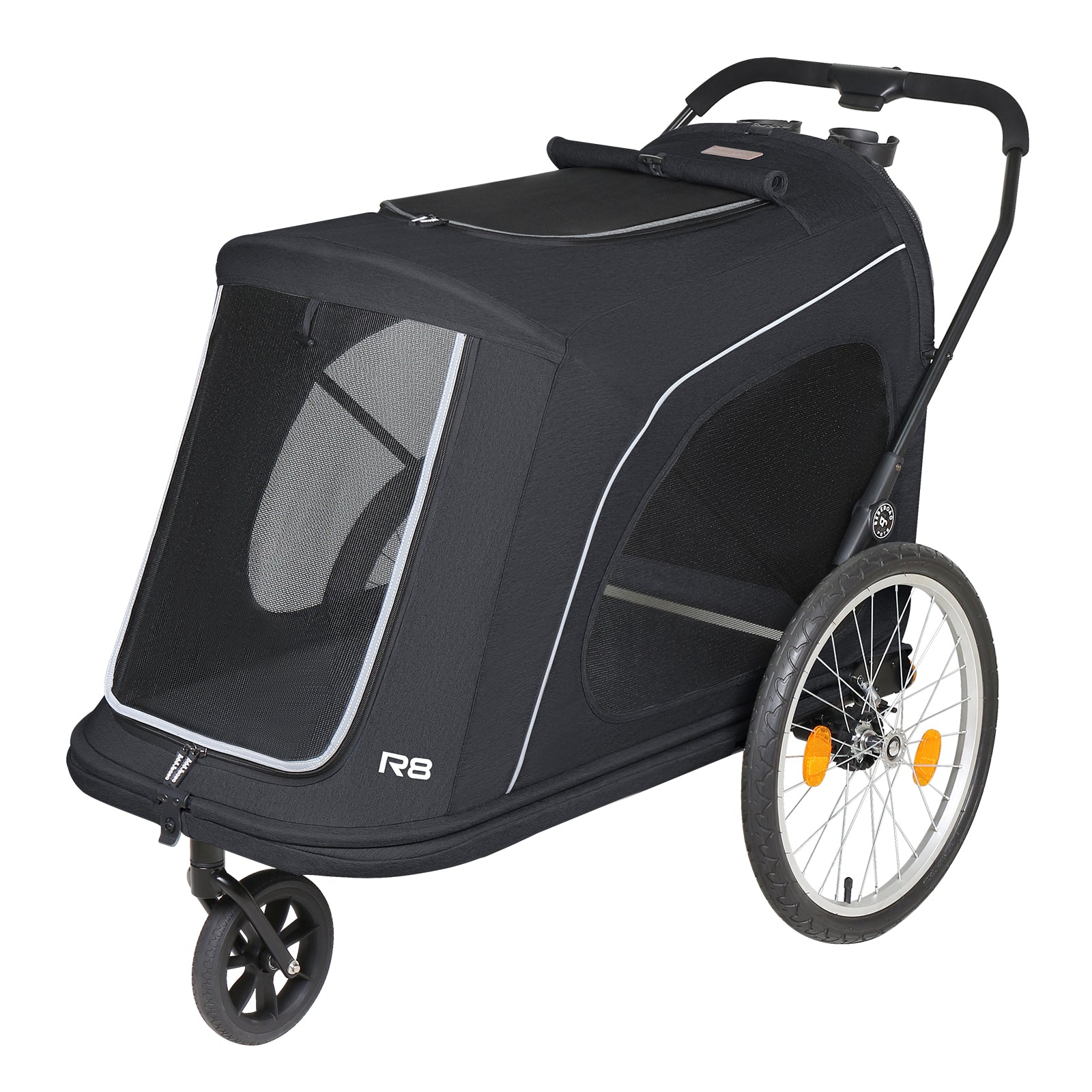
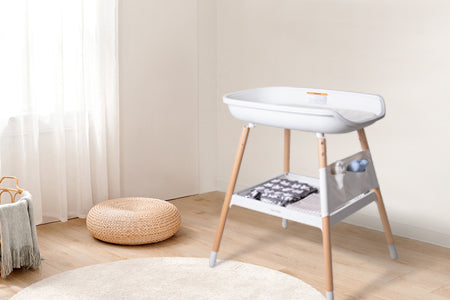


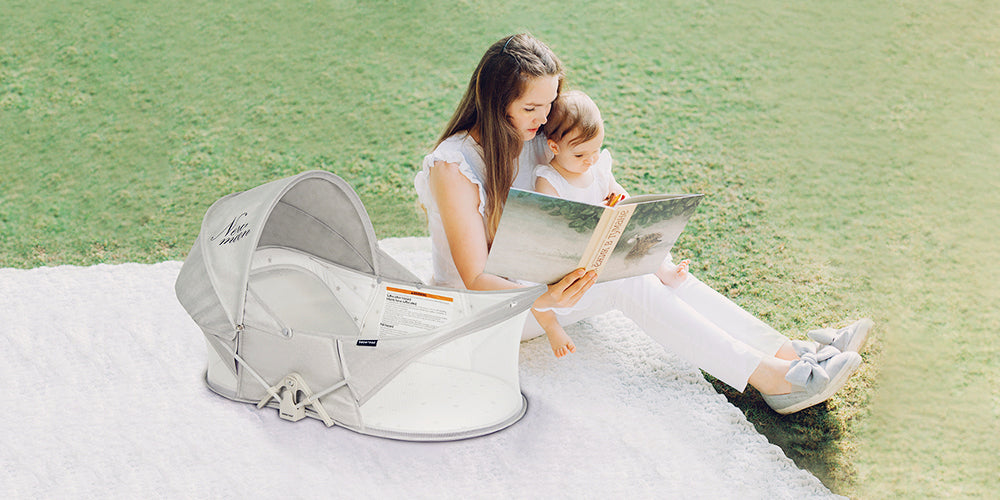
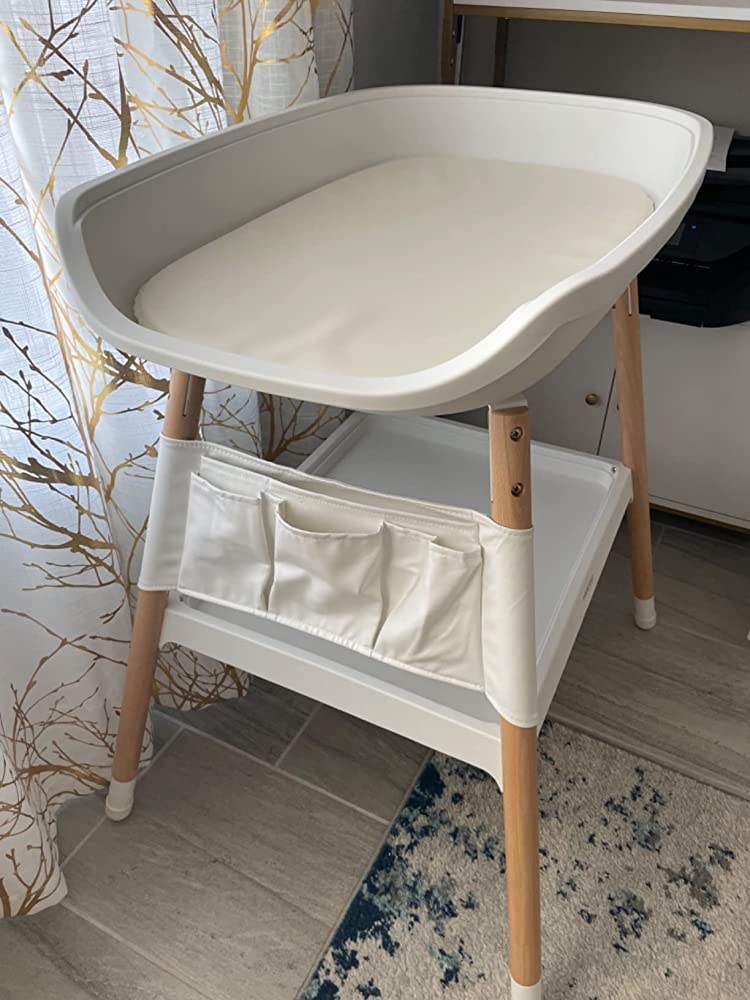


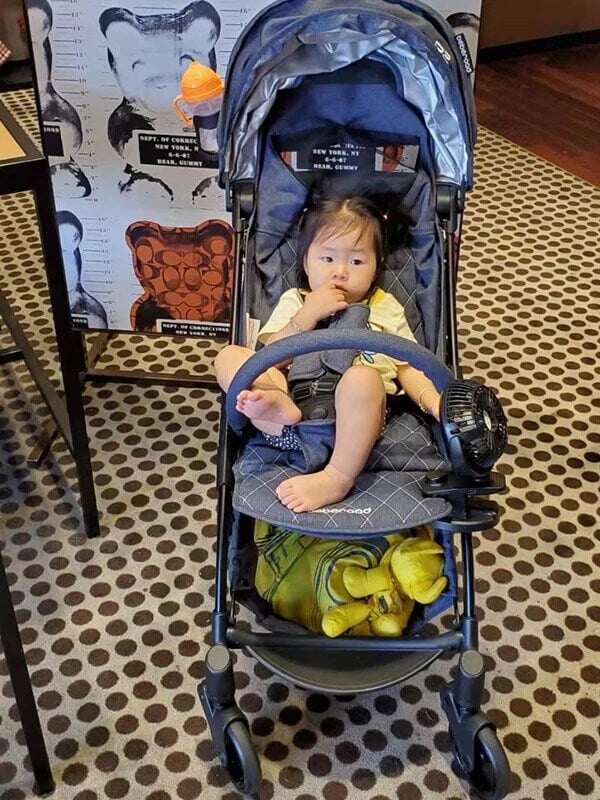

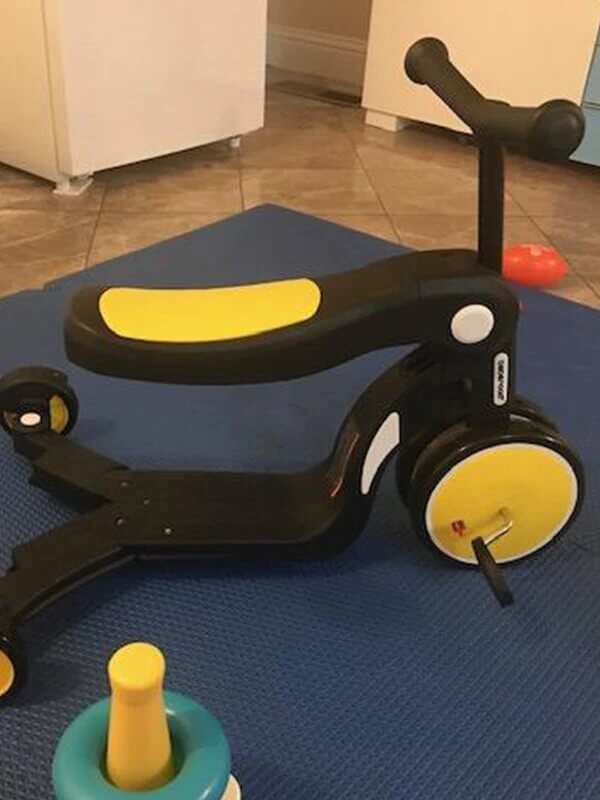
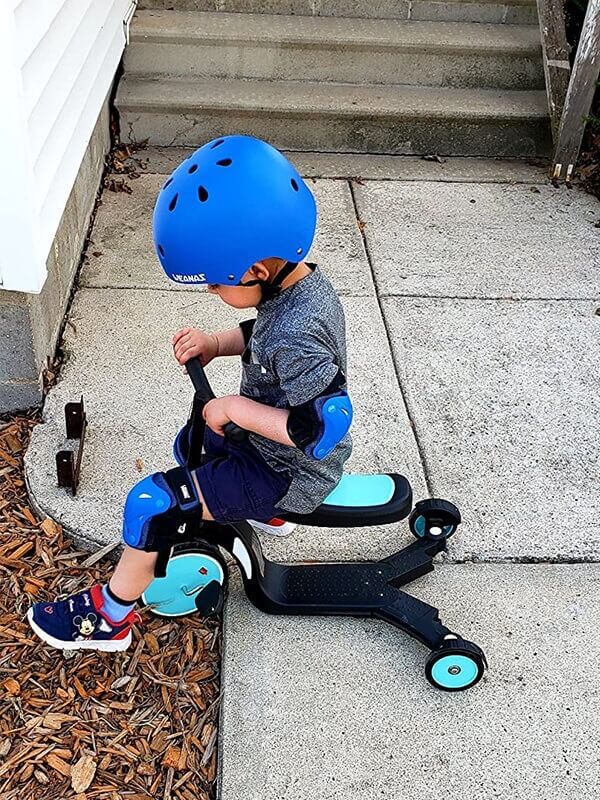

Leave a comment
All comments are moderated before being published.
This site is protected by reCAPTCHA and the Google Privacy Policy and Terms of Service apply.